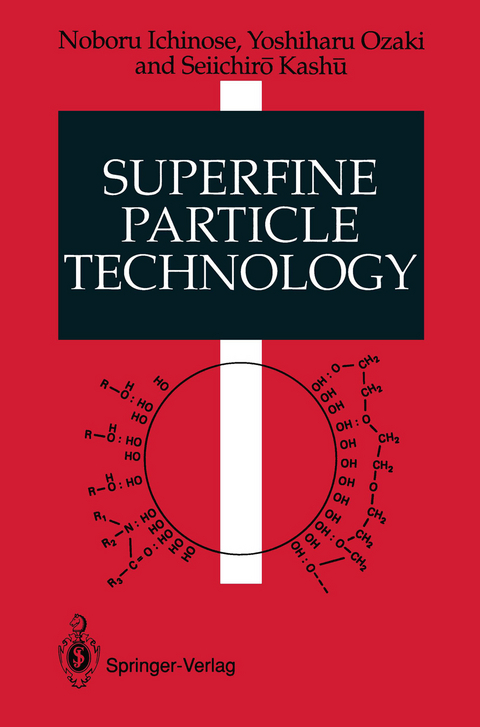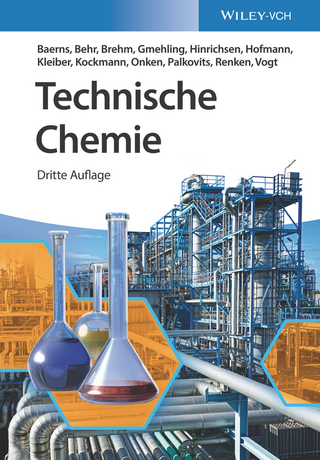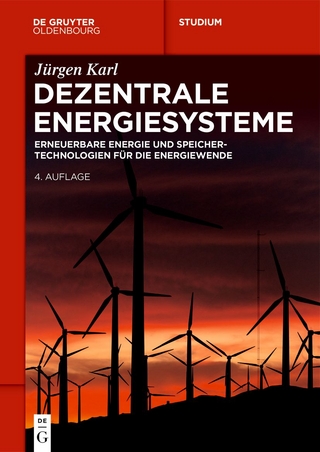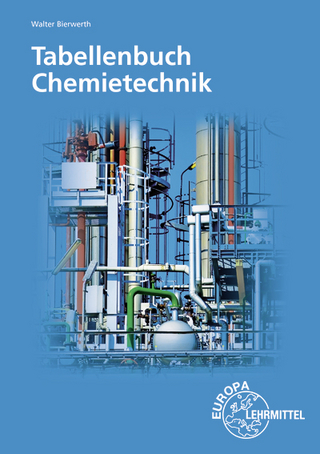
Superfine Particle Technology
Springer London Ltd (Verlag)
978-1-4471-1810-7 (ISBN)
1 Fundamentals of Superfine Particles.- 1.1 Introduction.- 1.2 Properties of Superfine Particles.- 1.3 Volume Effect in Superfine Particles.- 1.4 Surface Effect in Superfine Particles.- 1.5 Interaction Between Superfine Particles.- 2 Physics of Superfine Particles.- 2.1 Introduction.- 2.2 Structure and Form.- 2.3 Properties.- 3 Chemistry of Superfine Particles.- 3.1 Introduction.- 3.2 Adsorption.- 3.3 Particle Dispersion.- 3.4 Particle Flocculation.- 3.5 Rheology.- 3.6 Gels.- 4 Physical Manufacturing Processes.- 4.1 Introduction.- 4.2 Milling Method.- 4.3 Build-up Method.- 4.4 Outlook for Further Technological Developments in the Production of Superfine Particles.- 4.5 Handling of Superfine Particles.- 5 Chemical Manufacturing Processes.- 5.1 Introduction.- 5.2 Precipitation.- 5.3 Hydrolysis.- 5.4 Atomization.- 5.5 Oxidation-Reduction Method.- 5.6 Freeze Drying.- 5.7 Laser Synthesis.- 5.8 Spark Discharge.- 6 Applications of Superfine Particles.- 6.1 Introduction.- 6.2 Use of Superfine Particles in Electronic Materials.- 6.3 Use of Superfine Particles in Magnetic Materials.- 6.4 Use of Superfine Particles in Optical Materials.- 6.5 Use of Superfine Particles in High Strength, High Toughness Materials.- 6.6 Use of Superfine Particles in Catalyst Materials.- 6.7 Use of Superfine Particles in Sensor Materials.
| Übersetzer | M. James |
|---|---|
| Zusatzinfo | IX, 223 p. |
| Verlagsort | England |
| Sprache | englisch |
| Maße | 155 x 235 mm |
| Themenwelt | Naturwissenschaften ► Chemie ► Technische Chemie |
| Technik ► Elektrotechnik / Energietechnik | |
| Schlagworte | ceramic processing • magnetic media • Sensor Application • superfine particles |
| ISBN-10 | 1-4471-1810-3 / 1447118103 |
| ISBN-13 | 978-1-4471-1810-7 / 9781447118107 |
| Zustand | Neuware |
| Haben Sie eine Frage zum Produkt? |
aus dem Bereich


